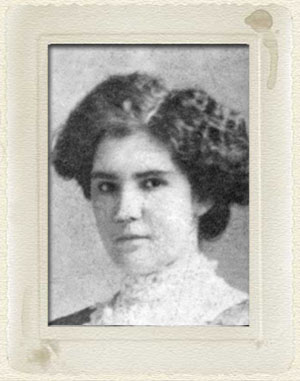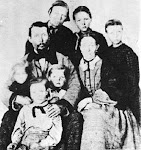2.03.2010
Zemira Palmer, by his fifth great grandson
The following report was written by our son when he was in the fourth grade (2005-06) for the Utah Sons of Pioneers writing contest. He won first prize for his school and also the district. It's a pretty good overview of Zemira's life, which can be read about in more detail on this blog. Incidently, my husband's 4th great grandfather on the Kartchner side is William Decatur Kartchner, a good friend of Zemira's. They both were valiant and hard working men who lived during the early days of pioneers and LDS church history. - Deniane Kartchner
By Ky Kartchner, His Fifth Great Grandson
I like to play a game called Age of Empires. You can build your own civilizations, which includes gathering food, gold, stone, and wood and building houses and other buildings. You build your own armies and have battles. You have to do a lot of thinking and planning. My fifth great grandfather Zemira Palmer did all of this in real life.
Zemira was born in Canada Kirtland , Ohio
Zemira lived in Kirtland with his mother until he was 7, and then they moved to Nauvoo , Illinois
The Mormons started to come across the plains to find new land to live on. The United States was at war with Mexico
The battalion suffered a lot of hardships like lack of food, clothing and water. They only had to use their guns for protection when a herd of wild bulls was attacking their camp. They marched 2,000 miles. It became known as the longest infantry march in history. They built important roads.
After the battalion was finished with their job, Zemira found work at Sutter’s Mill in California Utah in 1850 and moved to the town of Willow Creek, which later became the town of Draper
Zemira pioneered lots of other places. In 1849 Zemira went with nine men to ferry the California and Oregon Emigration over the Green River . He was an important leader of several Mormon towns like Orderville. He was in charge of the United Order. Zemira was a very hard worker. He was a carpenter and a farmer.
Zemira liked to dance, sing, and write poetry, but he was also tough. When he lived in Heber City
Zemira died when he was 49. Like my fifth great grandfather, I want to be hard working, a leader, and enjoy life.
Subscribe to:
Post Comments (Atom)
Contributors

Lucile Brubaker (and her mother Lenna Cox Wilcock) are also contributing to this blog.









No comments:
Post a Comment